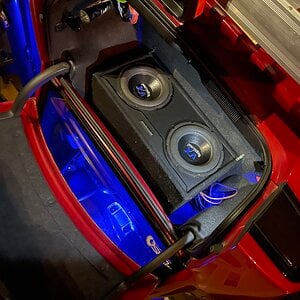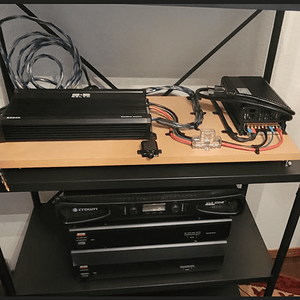TaylorFade 10+ year member
I fail.
I know there are some electrical engineers on here or someone who actually knows the difference between a "True RMS" clamp meter and whatever a regular ol' clamp is called. And I am speaking of being used specifically for clamping amplifier output here.
Just reading through a few different articles, it seems that the rms is the peak current multiplied by .707 (assuming a perfect sine wave). There is no way that TRMS clamps are that much more expensive just because they do that calc for you. or maybe I'm way off on that little nugget?
Somebody school me because Harbor Freight has clamp meters for 10 bucks. Lol.
Just reading through a few different articles, it seems that the rms is the peak current multiplied by .707 (assuming a perfect sine wave). There is no way that TRMS clamps are that much more expensive just because they do that calc for you. or maybe I'm way off on that little nugget?
Somebody school me because Harbor Freight has clamp meters for 10 bucks. Lol.


